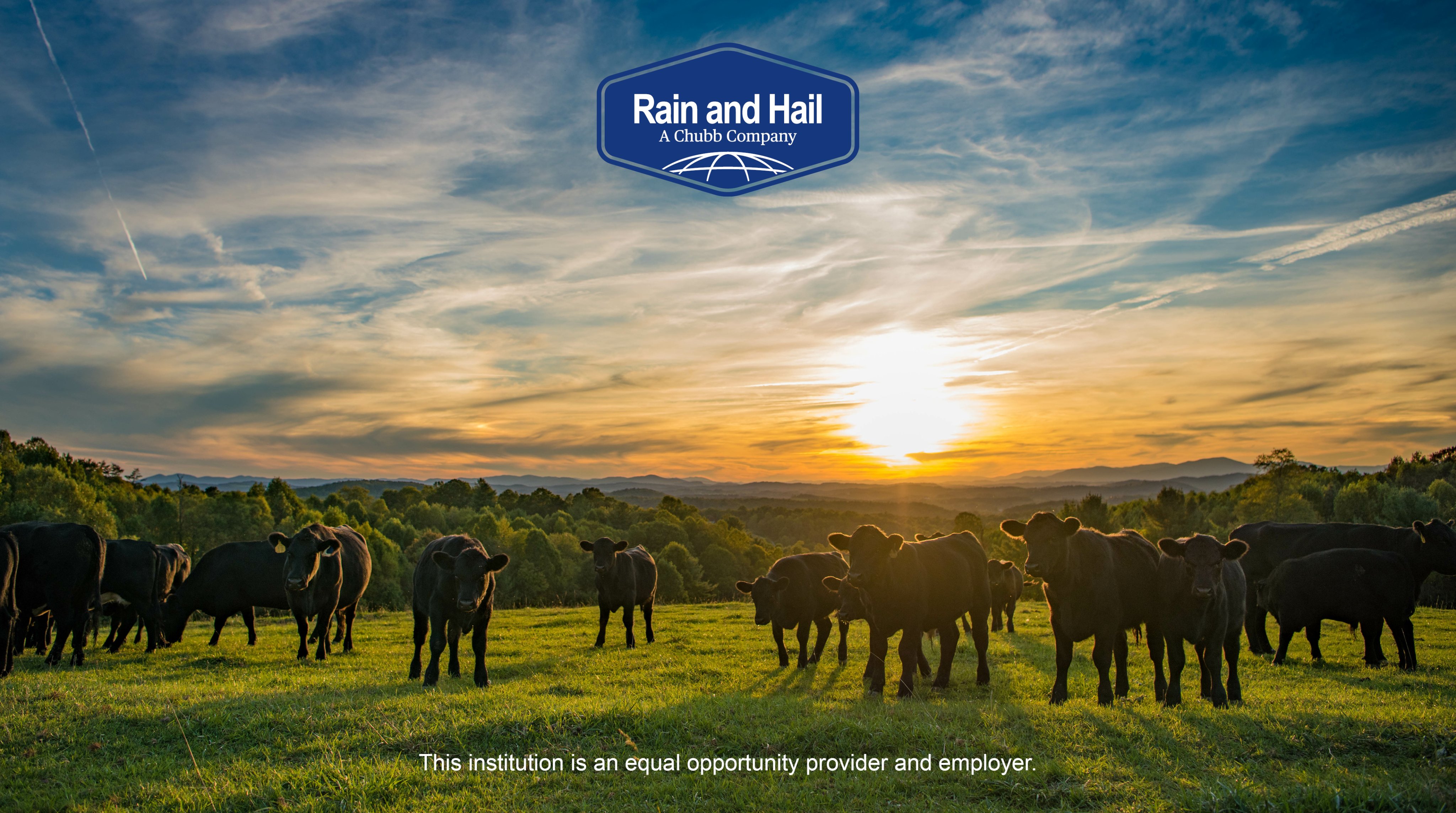Opening Development Prospective: Bagley Risk Management Approaches
Wiki Article
Recognizing Livestock Threat Defense (LRP) Insurance: A Comprehensive Overview
Browsing the world of animals risk protection (LRP) insurance coverage can be an intricate endeavor for several in the farming sector. From how LRP insurance coverage works to the numerous insurance coverage alternatives readily available, there is much to uncover in this comprehensive guide that could potentially shape the way livestock producers approach risk management in their companies.

How LRP Insurance Coverage Works
Occasionally, recognizing the auto mechanics of Animals Threat Security (LRP) insurance policy can be complicated, however breaking down exactly how it works can provide quality for farmers and herdsmans. LRP insurance is a threat administration device created to safeguard animals producers versus unexpected rate declines. The plan enables manufacturers to set a coverage degree based on their details requirements, picking the number of head, weight range, and insurance coverage cost. As soon as the plan remains in place, if market rates drop below the insurance coverage price, producers can submit a claim for the distinction. It is very important to note that LRP insurance policy is not an income warranty; instead, it focuses only on rate threat protection. The protection duration usually varies from 13 to 52 weeks, providing versatility for manufacturers to choose a duration that lines up with their manufacturing cycle. By utilizing LRP insurance coverage, ranchers and farmers can reduce the economic threats connected with fluctuating market rates, guaranteeing higher security in their procedures.Qualification and Insurance Coverage Options

When it concerns insurance coverage alternatives, LRP insurance uses manufacturers the flexibility to select the insurance coverage degree, protection duration, and recommendations that best suit their risk administration requirements. Insurance coverage degrees normally vary from 70% to 100% of the expected ending value of the insured livestock. Manufacturers can additionally choose insurance coverage durations that align with their production cycle, whether they are insuring feeder cattle, fed cattle, swine, or lamb. Endorsements such as rate threat protection can even more personalize protection to secure versus damaging market variations. By understanding the eligibility criteria and coverage options available, livestock producers can make informed decisions to manage risk effectively.
Advantages And Disadvantages of LRP Insurance Coverage
When assessing Livestock Threat Security (LRP) insurance, it is vital for livestock manufacturers to evaluate the advantages and negative aspects inherent in this threat administration tool.
Among the main benefits of LRP insurance coverage is its capacity to provide security versus a decrease in livestock prices. This can assist guard producers from monetary losses arising from market variations. Furthermore, LRP insurance policy offers a level of versatility, permitting manufacturers to personalize protection levels and policy periods to fit my blog their certain demands. By securing an ensured cost for their animals, manufacturers can much better handle threat and strategy for the future.
One restriction of LRP insurance coverage is that it does not protect versus all types of threats, such as illness outbreaks or all-natural disasters. It is critical for manufacturers to carefully analyze their private threat exposure and economic circumstance to determine if LRP insurance coverage is the right threat management device for their operation.
Recognizing LRP Insurance Coverage Premiums

Tips for Optimizing LRP Benefits
Optimizing the benefits of Livestock Danger Security (LRP) insurance coverage needs critical planning and proactive danger administration - Bagley Risk Management. To maximize your LRP coverage, take into consideration the adhering to tips:On A Regular Basis Evaluate Market Problems: Stay educated about market patterns and price fluctuations in the livestock market. By keeping track of these aspects, you can make educated decisions about when to acquire LRP coverage to shield against potential losses.
Set Realistic Insurance Coverage Levels: When picking protection levels, consider your production costs, market price of animals, and possible threats - Bagley Risk Management. Establishing realistic protection degrees makes sure that you are properly safeguarded without paying too much for unneeded insurance
Expand Your Insurance Coverage: Rather of counting entirely on LRP insurance, take into consideration diversifying your risk monitoring methods. Combining LRP with various other danger monitoring tools such as futures contracts or alternatives can offer detailed protection against market uncertainties.
Evaluation and Change Protection Consistently: As market conditions alter, occasionally assess your LRP protection to ensure it aligns with your existing risk exposure. Changing insurance official website coverage levels and timing of acquisitions can assist maximize your threat security method. By adhering to these tips, you can make best use of the benefits of LRP insurance policy and protect your livestock operation against Discover More unforeseen threats.
Final Thought
To conclude, animals danger defense (LRP) insurance coverage is a valuable device for farmers to take care of the monetary dangers connected with their animals procedures. By recognizing exactly how LRP works, eligibility and insurance coverage options, along with the benefits and drawbacks of this insurance, farmers can make educated decisions to shield their resources. By carefully considering LRP costs and applying approaches to take full advantage of advantages, farmers can minimize potential losses and ensure the sustainability of their procedures.
Livestock producers interested in getting Animals Threat Security (LRP) insurance policy can explore a range of qualification criteria and insurance coverage alternatives customized to their specific livestock operations.When it comes to insurance coverage choices, LRP insurance uses producers the flexibility to select the coverage level, protection duration, and endorsements that best suit their danger administration needs.To comprehend the complexities of Livestock Threat Defense (LRP) insurance policy totally, comprehending the variables affecting LRP insurance premiums is essential. LRP insurance premiums are figured out by different aspects, including the coverage degree picked, the expected price of animals at the end of the insurance coverage period, the type of animals being guaranteed, and the length of the coverage duration.Evaluation and Adjust Insurance Coverage Regularly: As market problems alter, periodically assess your LRP protection to ensure it straightens with your existing risk exposure.
Report this wiki page